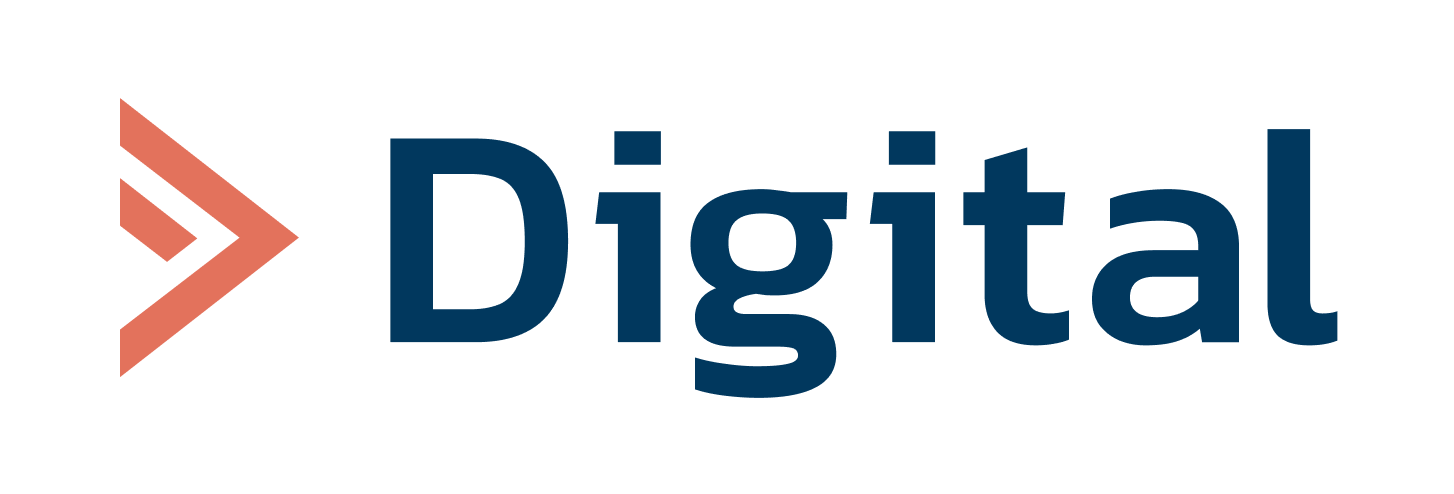A large multicenter study in the United States found that using ambient AI scribes for clinical documentation lowers burnout and eases workload for clinicians. The system tested was Abridge, rolled out across six health systems. Results were published on October 2, 2025, in JAMA Network Open.
Over 30 days, 451 ambulatory clinicians were enrolled, of whom 263 completed paired surveys. The share screening positive for burnout fell from 51.9% to 38.8%. Subjective cognitive load when writing notes dropped by 2.64 points on a 10-point scale. Time spent on documentation after the workday decreased by nearly one hour per week, and the ability to give patients undivided attention increased by an average of 2.05 points.
Importantly, the study included both academic and community clinics, helping avoid the “one clinic — one workflow” bias typical of early pilots. During the month, 96% of participants created at least five notes with the AI scribe, and only 1.5% had prior experience with a similar tool. This suggests the positive effect is not confined to “power users.”
The results are consistent with earlier single-center studies in which both human scribes and early ambient-AI tools improved note quality, clinician focus, and workload. Effects on after-hours work have been mixed, which makes these new data particularly valuable.
That said, the conclusions warrant caution. The design was pre/post without a control group, so external influences or a Hawthorne effect cannot be ruled out. All outcomes were self-reported and were not paired with objective EHR telemetry. Of 451 enrolled clinicians, only 263 (60.3%) completed both surveys, introducing a risk of self-selection bias toward more “tech-positive” participants. Another factor is the lack of anonymity, which may nudge respondents toward favorable answers.
Funding came from participating institutions, and some authors have ties to the vendor. Abridge provided de-identified data for analysis but, according to the authors, did not participate in data processing or manuscript drafting. Still, potential conflicts of interest should be kept in mind when interpreting the results.
Finally, follow-up lasted only 30 days. It remains unclear whether the benefits persist longer term and how strong they would be in clinics that are not early adopters.
This work is the first large-scale confirmation that ambient AI scribes can reduce administrative burden and clinician burnout. Firmer conclusions will require randomized or quasi-experimental studies, objective EHR metrics, and longer observation across diverse sites.

